Analysis
Art Market Expert Colin Gleadell on Why London’s Appetite for Italian Art Is Red Hot
Lucio Fontana and Alberto Burri are leading the surge.
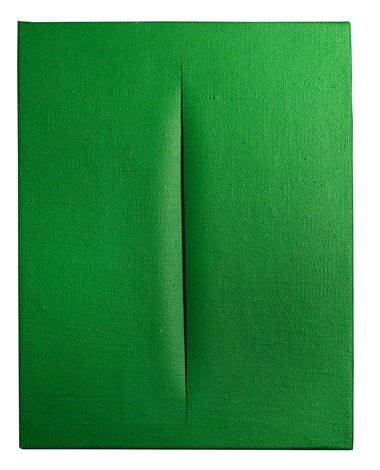
Lucio Fontana and Alberto Burri are leading the surge.

Colin Gleadell

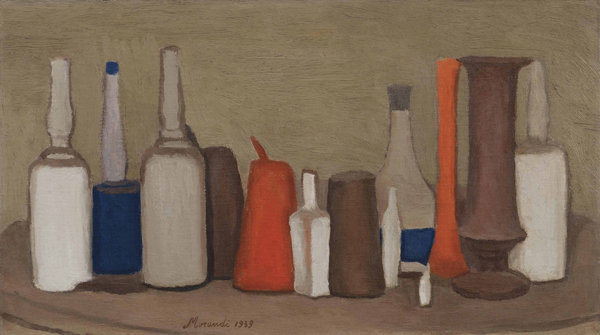
Giorgio Morandi Natura morta (1939) Sold for $3,939,436
Photo: courtesy Christie’s
London’s Frieze week auctions reached a high point with the Italian art sales held by Sotheby’s and Christie’s which brought in a record total of £83.6 million ($129.3 million) for 110 lots, compared to their two evening contemporary art sales which realized £72 million ($111 million) for 84 lots sold. The sell through rate for Italian art at 84.5 percent of lots was superior to the postwar and contemporary evening sales at 75 percent.
With the postwar avant garde as their backbone, the annual Italian art sales in London act as a barometer of the market. Having sunk to just £13.4 million after the credit crisis in 2009, they bounced back to £35.8 million in 2010 and remained steady for the next two years. Since then, the increase has been explosive, with this year’s total doubling that of 2013.
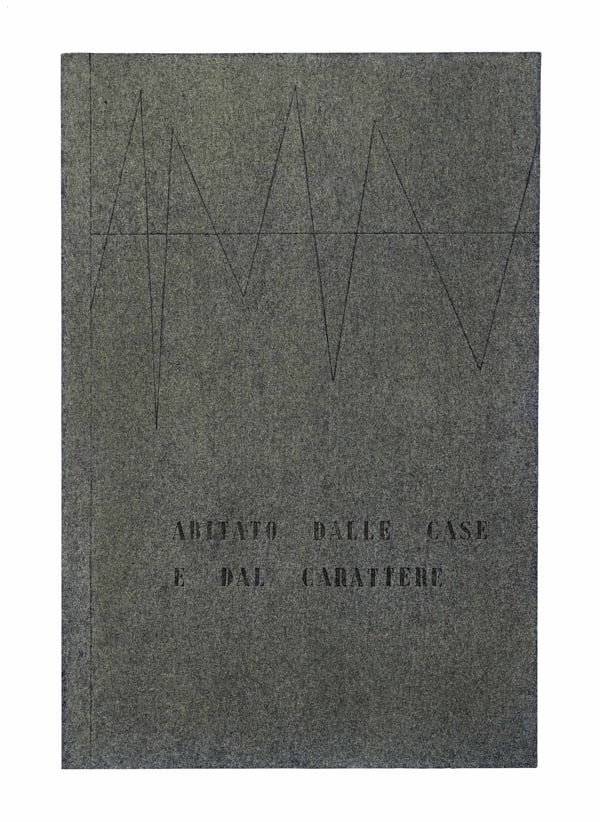
Vincenzo Agnetti Ritratto di abitante (Portrait of a citizen) (1971-1972) Sold for $282,328
Photo: courtesy Christie’s
The process has been accompanied by the growth in the number of galleries in London exhibiting post-war Italian art. In addition to the established London venues of Ben Brown Fine Arts, Niccolo Sprovieri, and Robilant + Voena, the capital has seen the arrival of Italian galleries Mazzoleni, Tornabuoni and, next year, Cardi. Tornabuoni Art has chosen to open a new gallery in London rather than New York because “it is easier to meet foreign collectors here; it is more international,” said gallery director, Ursula Casamonti. Dominique Lévy’s London gallery has been a major player in the Italian market, selling more than a handful of Fontanas over the past year and is planning a major Castellani show in London next February.
Coinciding with the Italian sales, Luxembourg and Dayan mounted a Boetti show, Connaught Brown an Afro show, and Almine Rech a Vezzoli show… and that wouldn’t be all.
In the art fairs, Italian art proliferated. Mazzoleni sold two Burris to US buyers and a Bonalumi at prices from €350,000 to €2 million, and Tornabuoni sold several Fontanas in its opening exhibition, priced from €200,000 to €2.5 million, as well as two works by Castellani, at Frieze Masters, to South American collectors for up to €1 million each. Even Old Master dealer Galerie de Jonckheere had a Fontana on his stand at PAD, which he sold for €3 million. With Burri very much the flavor of the month because of the retrospective at the Guggenheim in New York, there was even one on the stand of Renaissance bronze dealer Benjamin Proust at Frieze Masters. The artist’s earliest combustion painting, dated 1957, was priced at £4 million, with serious interest on the table.
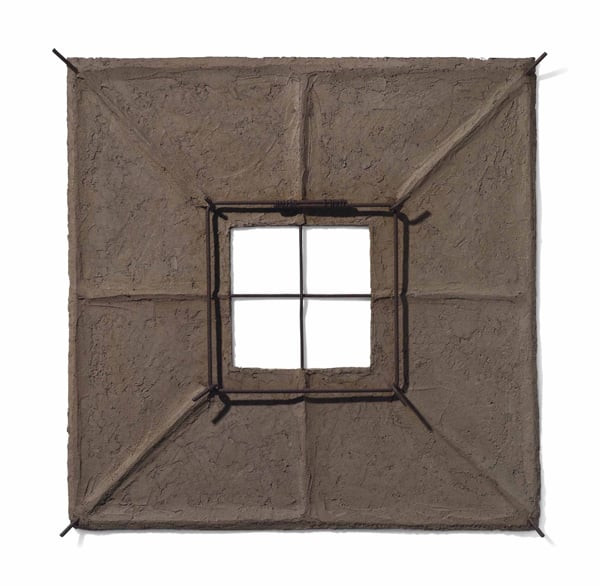
Giuseppe Uncini Cementarmato (Reinforced Concrete) (1959) Sold for $430,840
Photo: courtesy Christie’s
In the auctions, Sotheby’s was first off and took a mid-estimate £40.4 million ($62.5 million) selling 40 out of 51 lots. The sale was dominated by a punctured, black, egg-shaped canvas by Fontana, La Fine di Dio, which set a record for the artist at £15.9 million. But there was little competition as it sold on a single bid, presumably from the guarantor who had made an irrevocable bid before the sale. If there was a criticism, it was that Sotheby’s tended to estimate too high, dealers said. The Nahmad family of art dealers bought Burri’s Bianco Plastica 1, (1961), above estimate, for £2.6 million, outbidding US advisor, Amy Cappellazzo. Cappellazzo was also outbid, pushing the prices on the next two top selling lots by Burri and Fontana. The Burri, Combustione M.2, (1956), doubled estimates to sell for £1.8 million, which was also four times the price it made last time at auction in 2008. The Nahmads were in action on two other top lots outbidding a host of dealers, Nicolo Cardi and Paolo Vedovi among them, but being eventually outbid by art consultant Jude Hess for a small gold slashed painting by Fontana that sold for a triple estimate £989,000. They did, however, walk away with a glass-studded silver canvas by Fontana for a mid-estimate £950,000.
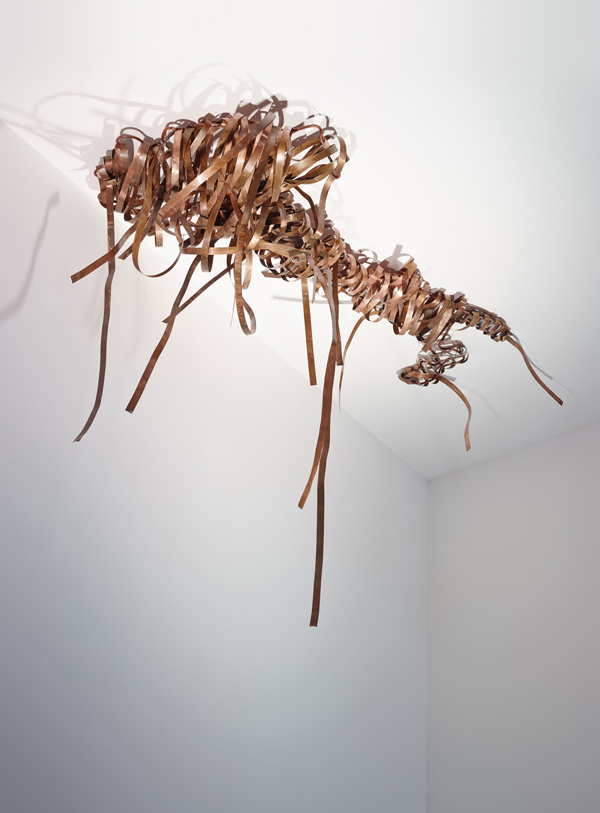
Luciano Fabro Italia dell’emigrante (1981) sold for $4,199,332
Photo: courtesy Christie’s
At Christie’s, estimates were considered more sensible and they ended with a record £43.2 million sale with just 6 of 59 lots going unsold. Remarkably, over half of the lots that sold did so at hammer prices either on or above their high estimates. Burri and Fontana topped the bill again with the Nahmads losing out on the top Fontana, a white canvas with 6 cuts that doubled estimates to sell for £2.8 million. The painting had last sold at auction in 1990 for £231,000, which is just one reason why Fontana is consistently the most sought after Italian artist. 24 of his works were on offer last week in the Italian sales alone, and 21 sold for £36.6 million pounds—nearly half the total of the Italian sales.
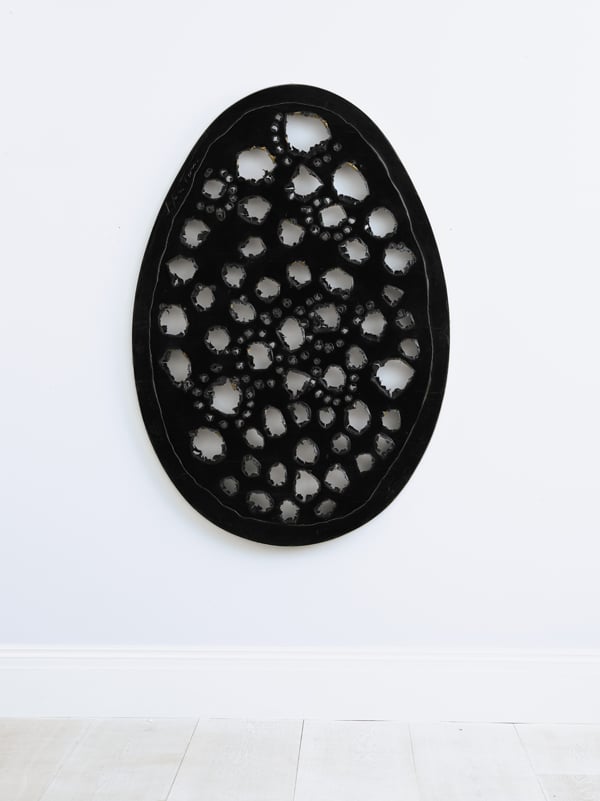
Lucio Fontana, La Fine di Dio (1963-1964)
Photo: courtesy Sotheby’s
Apart from that, one of the stand out results was a sculpture of the boot of Italy made with bands of copper by Arte Povera artist, Luciano Fabro, for which Cappellazzo, or rather her client, paid a quadruple estimate, a record £2.7 million. Other records were broken when London dealer, Fabrizio Moretti, paid £278,500 for a sculpture made of reinforced concrete by Giuseppe Uncini, and when Asian bidders forced the pace on an unusually colorful still life by Giorgio Morandi that doubled the previous record for the artist at £2.6 million.
Further American bidding came from dealer Stefan Simchowitz who just missed out on a mirror painting by Michelangelo Pistoletto Seated woman drinking tea, (1971), that sold for a double estimate at £2.2 million. Putting to bed the notion that this is a market confined to Italian and some American buyers, Christie’s calculated after the sale that bidders had come from over forty different countries. So that Italian bandwagon could just keep rolling.